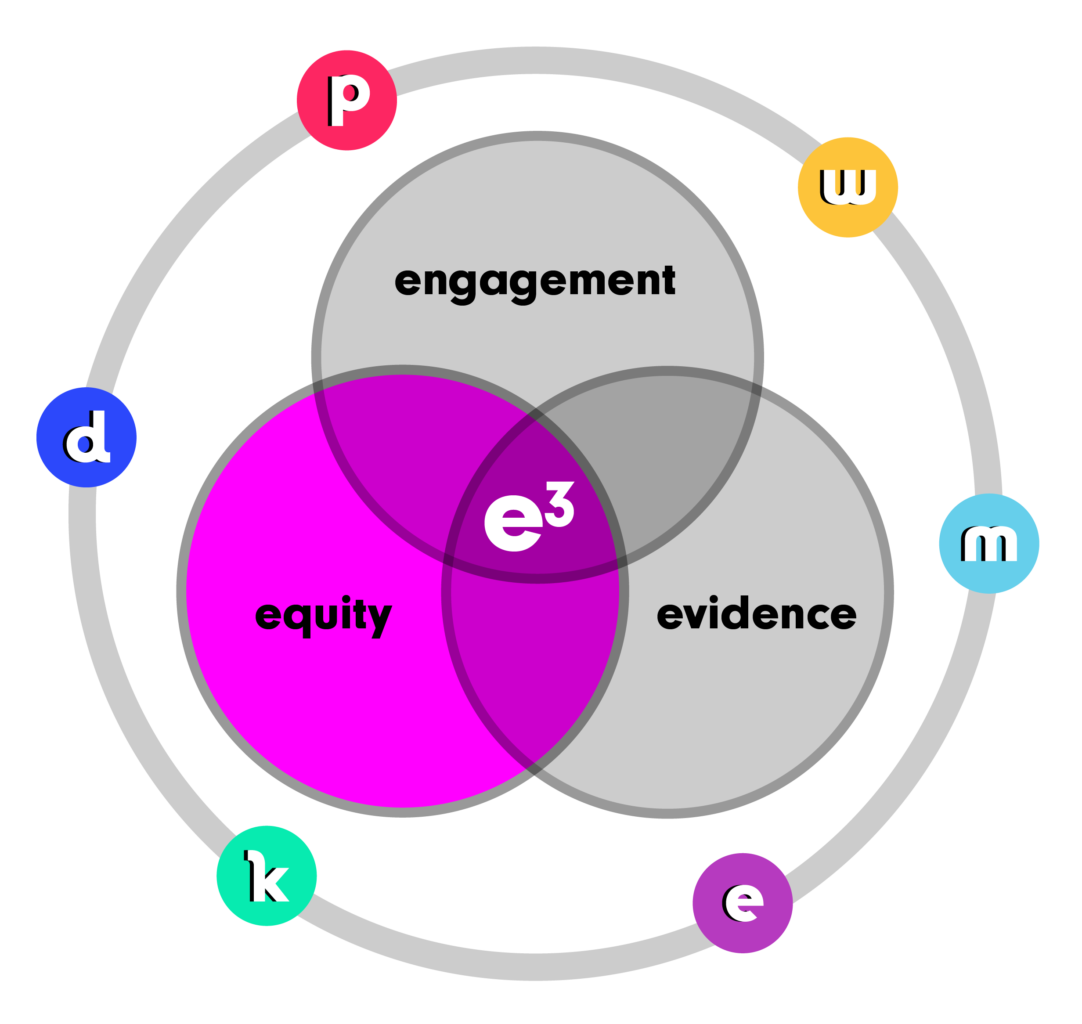Equity in Education: How are we doing?

The phrase “equity in education” is complex. It refers to creating an educational system that caters to all students. No matter what a student’s background, language, race, gender, sexual orientation, learning capability, disability, socio-economic status, or family history, each student has the opportunity to get the support and resources they need to achieve their educational goals. We have struggled mightily as a nation to provide an equitable education for all students. Demographic indicators often times reflect the reality of the kinds of educational opportunities that exist for certain students. A simple zip code can sometimes reveal volumes regarding the quality of education students might be receiving.
Equity in education has been an issue for as long as public education has existed and it has only been exacerbated by the pandemic. Just like inequalities in education, the reality of where you live and other demographics might also dictate the odds of becoming sick, receiving quality treatment (or any treatment) and hoping for positive outcomes. The disparities of who gets sick and how they are treated have been tracked since the beginning of the pandemic. The same individuals who suffer through a lack of equity in education, also suffer through unequal access to resources and support in the pandemic.
Adding an unequal pandemic outcome distribution to an inherently inequitable system of education has created the perfect storm of learning loss for certain student groups. The focus on learning loss for all students is real, but is much worse for those students already faced with an inequitable distribution of resources in education. As teachers try desperately to adapt to the constantly changing landscape of providing education during this pandemic, mostly from an online platform, it becomes clear that the playing field isn’t level. As a first grade teacher put it, “We are not all in the same boat, but we are all in the same sea. Some by yacht, some by boat and some by clinging to whatever floats our way and fighting with all of our might.”
The U.S.Department of Education has released a report that focuses on The Disparate Impacts of COVID-19 on America’s Students. This report highlights what many intuitively know….that these inequalities have been exacerbated by the pandemic. The report identifies the ways that COVID-19, appears to be deepening divides in educational opportunity across our country. Studies indicate “that for many students, the educational gaps that existed before the pandemic—in access, opportunities, achievement, and outcomes—are widening.”
The first step in leveling the playing field for all students is to acknowledge that it is slanted. Resources have not been fairly and equitably distributed, access is not equal. The good news is that an unprecedented amount of resources are being directed into education through ESSER funding and other federal programs. These funds can help level the field and provide greater equitable access to learning for all students.
As teaching and learning continues to change during and after the pandemic, the need to accommodate all students should be a focus with these resources. In response to this need, turning is focused on developing learning engagement solutions committed to equity, evidence, and engagement. The EchoPoll platform is designed to be accessible and deliver successful outcomes to all learners. Check it out or signup for a free trial of Dojo 360 and learn about turning’s long-term vision of equitable and engaged learning for everyone, everywhere.
